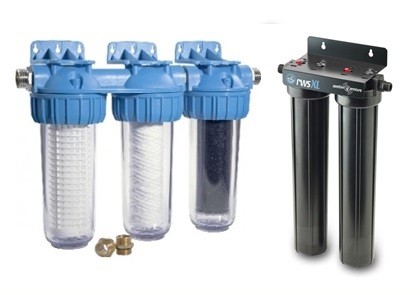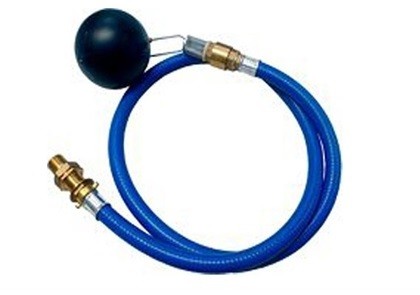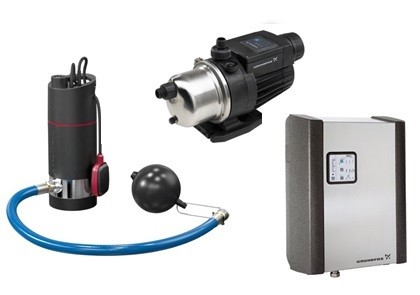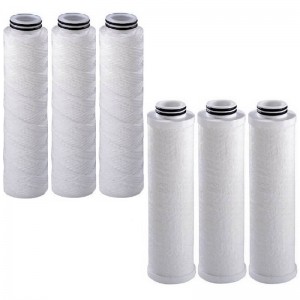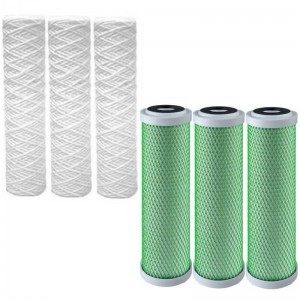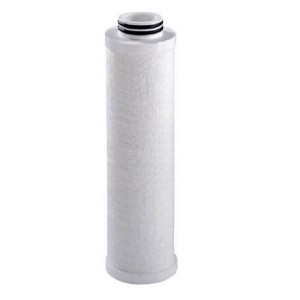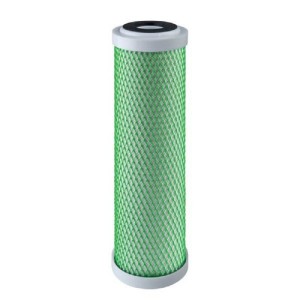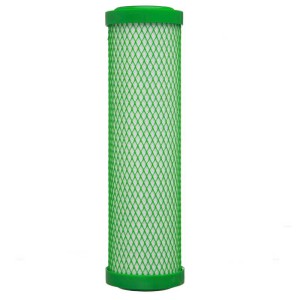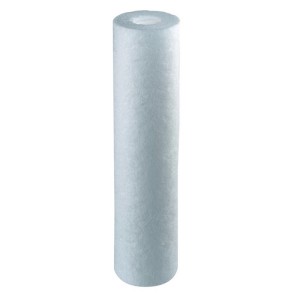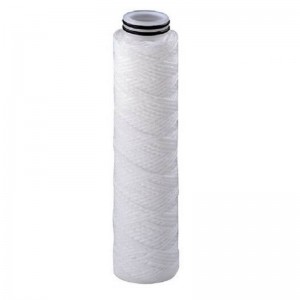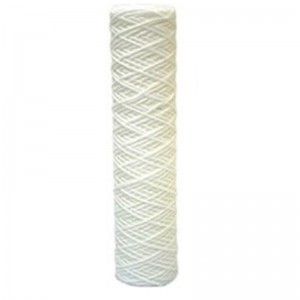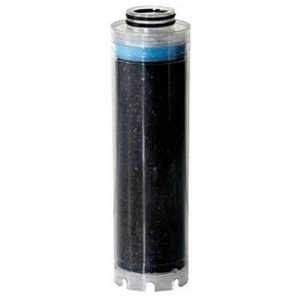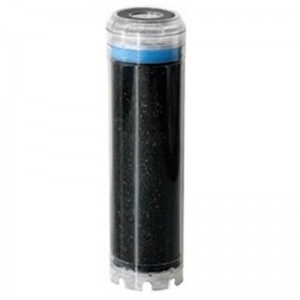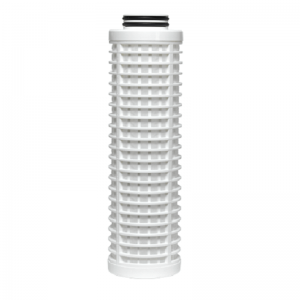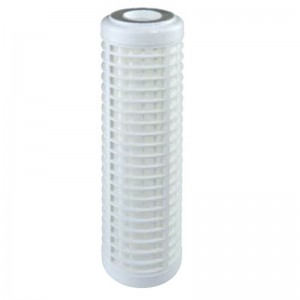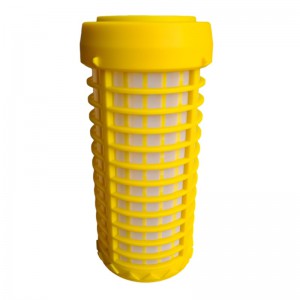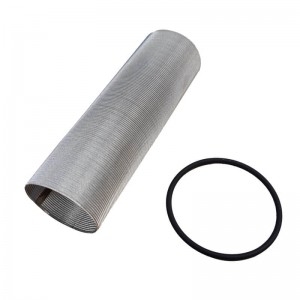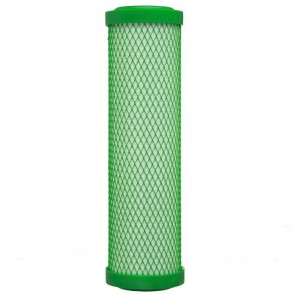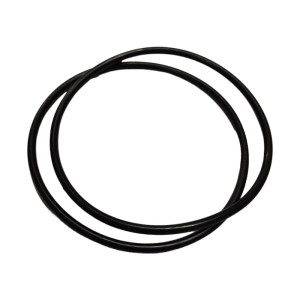Rainwater
Water is a precious and indispensable commodity in everyday life. For nutrition, hygiene and relaxation. So we had better use it sparingly. That is why the use of 'free' rainwater can yield serious savings. Rainwater can be used for many applications. The Flemings consume an average of 100 liters of drinking water per day. A large part of this goes to the toilet, the washing machine and cleaning.
How to install a rainwater system?
A well-functioning rainwater system consists of a storage tank (preferably at least 5,000 l capacity), an electric pump with a non-return valve on the suction pipe that prevents backflow to the tank, a maintenance-friendly filter and a pipe system to the tapping points. At each tapping point, a statement must be made that the water is not drinkable.
Rainwater is very soft and acidic. Rainwater corrodes metal pipes. Therefore, use a suitable pump and plastic pipes to distribute the rainwater in the house.
Rainwater contains all kinds of bacteria and contaminants. It is therefore forbidden to make a coupling or temporary connection between the system of the rainwater pipes and the drinking water pipes. This prohibition is also included in the technical regulations, which every customer must comply with. In practice, this can be achieved technically by a system with 2 separate supply lines or by a system with one supply line and an additional supply.
Why use rainwater?
Savings on drinking water costs Protection of groundwater reserves You save on detergents, rainwater is softer than tap water (less pollution of the environment) How to filter rainwater? The most commonly used filtering is a 3-fold filter (triplex). This filter usually combines a washable sieve filter of (50-100 µm), a fine filter of 25 µm and an active carbon filter. Activated carbon cartridges filter small particles and eliminate unpleasant odors and tastes.
Products from Grundfos, BWT, Honeywell, Atlas Filtri, WaterGenius, Wilo, GEP, Van Marcke, Durlem, ...

